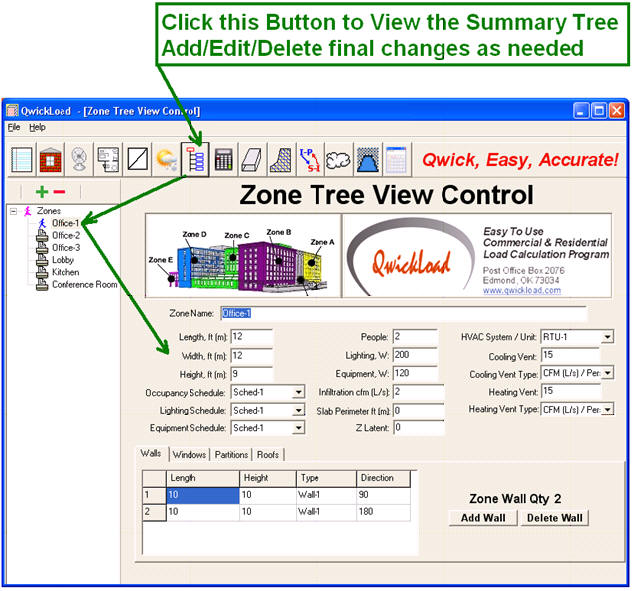Camel Heat Load Calculation Software

The computer program CAMEL is one of the leading air conditioning load estimation programs available. It calculates the design heating and cooling loads and associated psychrometrics for air conditioning plant in buildings. The calculations are based on the AIRAH/IHRACE Application Manual DA9 'Air Conditioning Systems, Load Estimation & Psychrometrics' which incorporates the cooling load estimation techniques and data developed by the Carrier International Corporation with considerable extensions and refinements to these methods and data, developed by ACADS-BSG. It operates in the Southern and Northern Hemisphere. Army of two devil cartel save game editor xbox360. The program is an extremely comprehensive analysis program that has been licensed through ACADS-BSG by well over 250 organisations throughout Australia, New Zealand and South East Asia. The program models a range of system types including: • Constant Volume Heating and Cooling • Constant Volume Face and Bypass • VAV with and without reheat • Reverse Cycle Heat Pumps • Evaporative Coolers Each AHU can serve a number of zones which can in turn have a number of rooms. A Summary Screen enables reviewing the input and copying moving and deleting AHU's, zones and rooms.
ComfortAir HVAC software is designed to be used by engineers architects. And energy auditors to calculate and analyse heating and air conditioning loads in. Software distributors in Australia www.ozemail.com.au/~acadsbsg. Air conditioning load estimation and air quantity calculation. Oshibki kompjyutera reno premium tickets. Air conditioning load. Heat Loss from bare or insulated pipes.
Graphical displays are provided for schedules, shading schemes and for each external wall or roof as it is entered providing a convenient visual check for the user. The External Surfaces Screen. The program caters for overhangs complete with drop panels and reveals on both windows and walls. Shading on roofs and from adjacent buildings can also be modelled. Drop panels, balconies, light wells and all manner of shading schemes can be modelled by the program. Overhangs and drops can be opaque or partially or completely transparent A feature of the program is the ability to view the shadow patterns of these shading devices as they traverse any selected wall or roof as the time and month varies.
Shadows from an Overhang, Reveals and an Adjacent Building. The results can also be displayed graphically and a Psychrometrics Chart is provided for each AHU. Psychrometric Chart for AHUG01 The program calculates chiller, AHU, zone and room loads and air quantities, boiler, zone and room heating loads, reheat quantities with and without coil reset and room temperatures. Comprehensive help is available on every screen and for each item of input. Buttons on the toolbars and special keys allow the user to copy individual values, columns of data or complete screens from zone to zone making data entry very easy and fast. Tere is a facility for making global changes for many items making re-runs quick and easy; e.g wall types, room conditions, absorption coefficients, etc., can be changed across all AHU's Technical Details • The program performs an hourly cooling load analysis taking account of thermal storage, on a design day in each month of the year.

It also determines the heating load for each AHU. • Specific monthly 3 pm design dry and wet bulb temperatures are available in the program for over 600 locations in Australia and for many offshore locations. • The program carries out a psychrometric analysis for each AHU with the coil performance expressed as a by pass factor, leaving coil temperature or nominated air quantity including fixed by pass and dump back systems. • Fresh air quantities can be entered at room or zone level as l/s/person with the 'plant' fresh air quantity then determined using the Compartment formula from AS1668-1991 for multiple rooms/zones. • Additional data for light weight roofs (down to 10 kg/m2) has been incorporated. This allows the program to analyse buildings with light weight metal deck or similar roofing. • Precalculated U values and surface densities for a wide range of 'standard' wall and roof constructions are available in the program.
• Walls orientations can be at any azimuth and the entire building can be readily rotated. • The results viewing and printing screen provides for selection of various tables, load charts, summaries, etc, in either viewing or printing mode. The selected output can then be passed to a print file for review before final printing. Different fonts for headings, sub headings, etc are provided for under the control of the user. Templates enable print selections to be retained between runs.